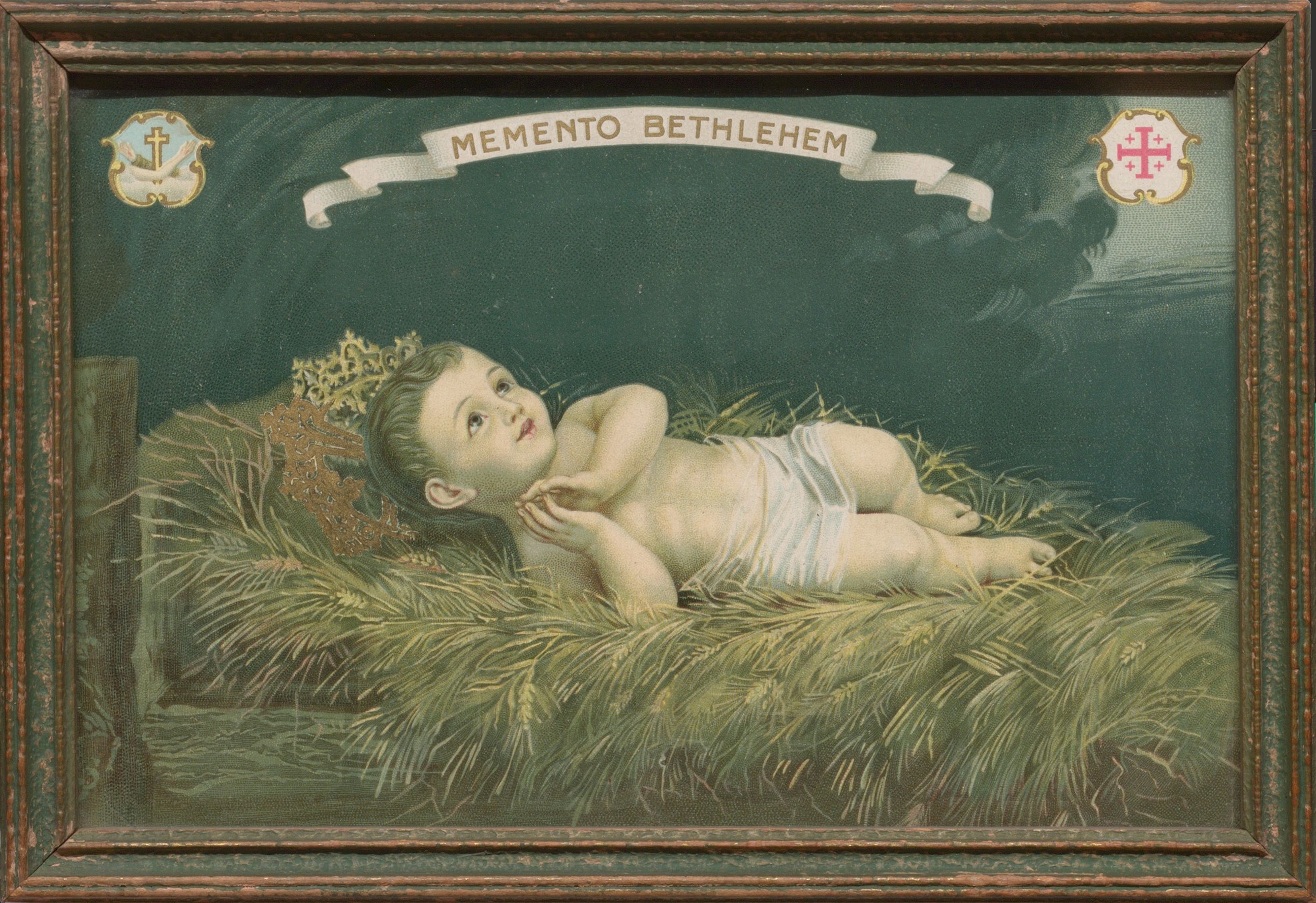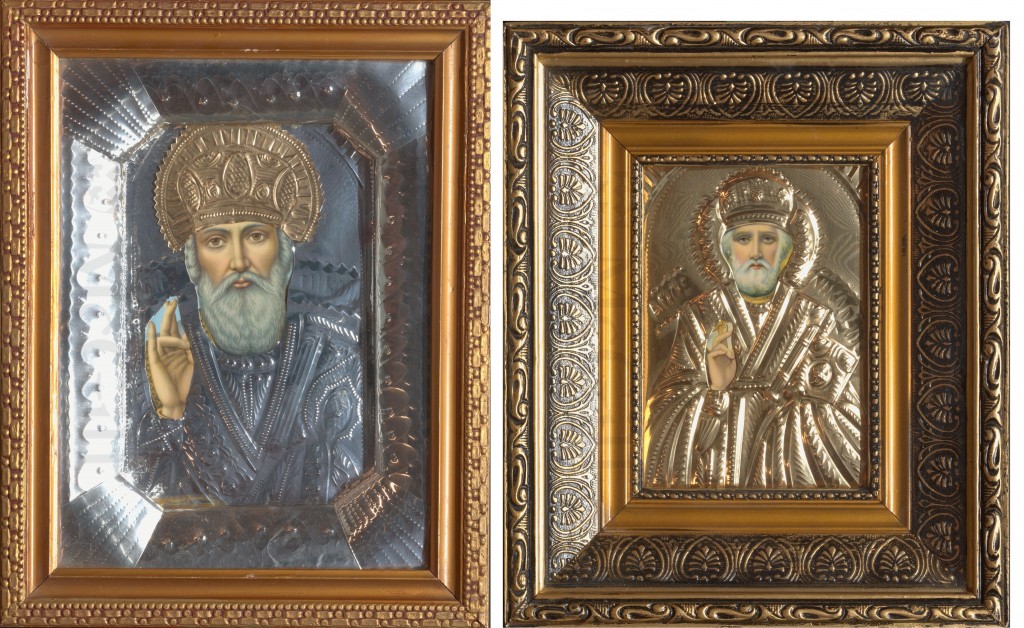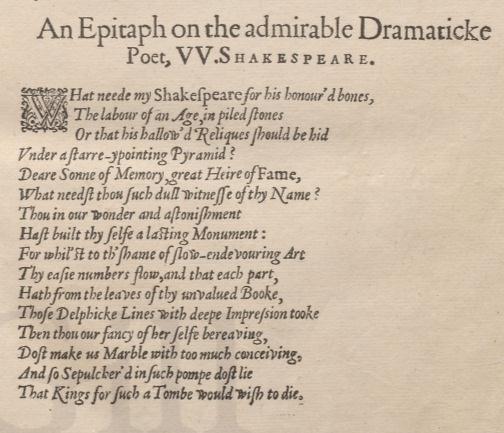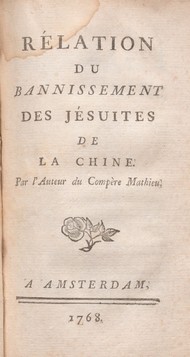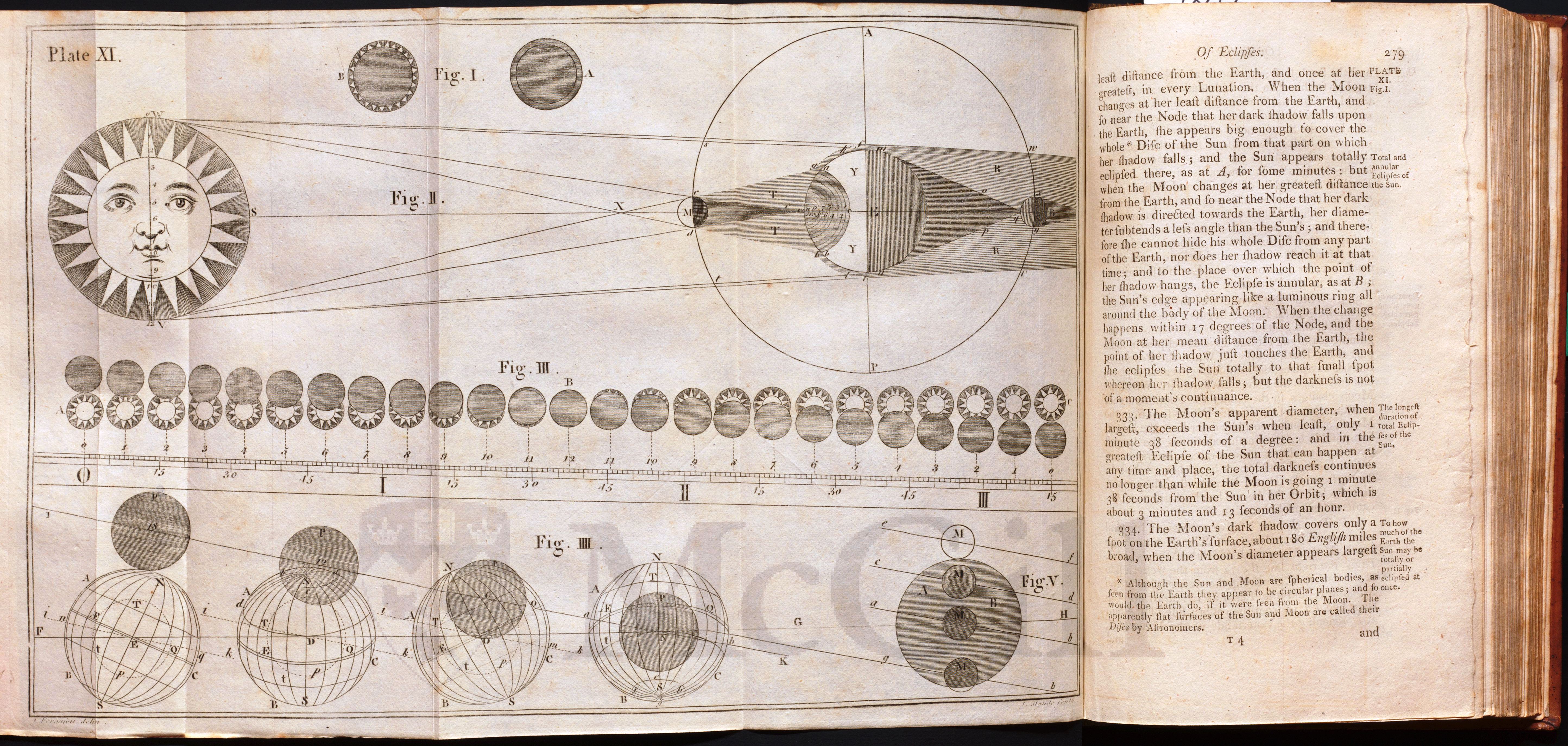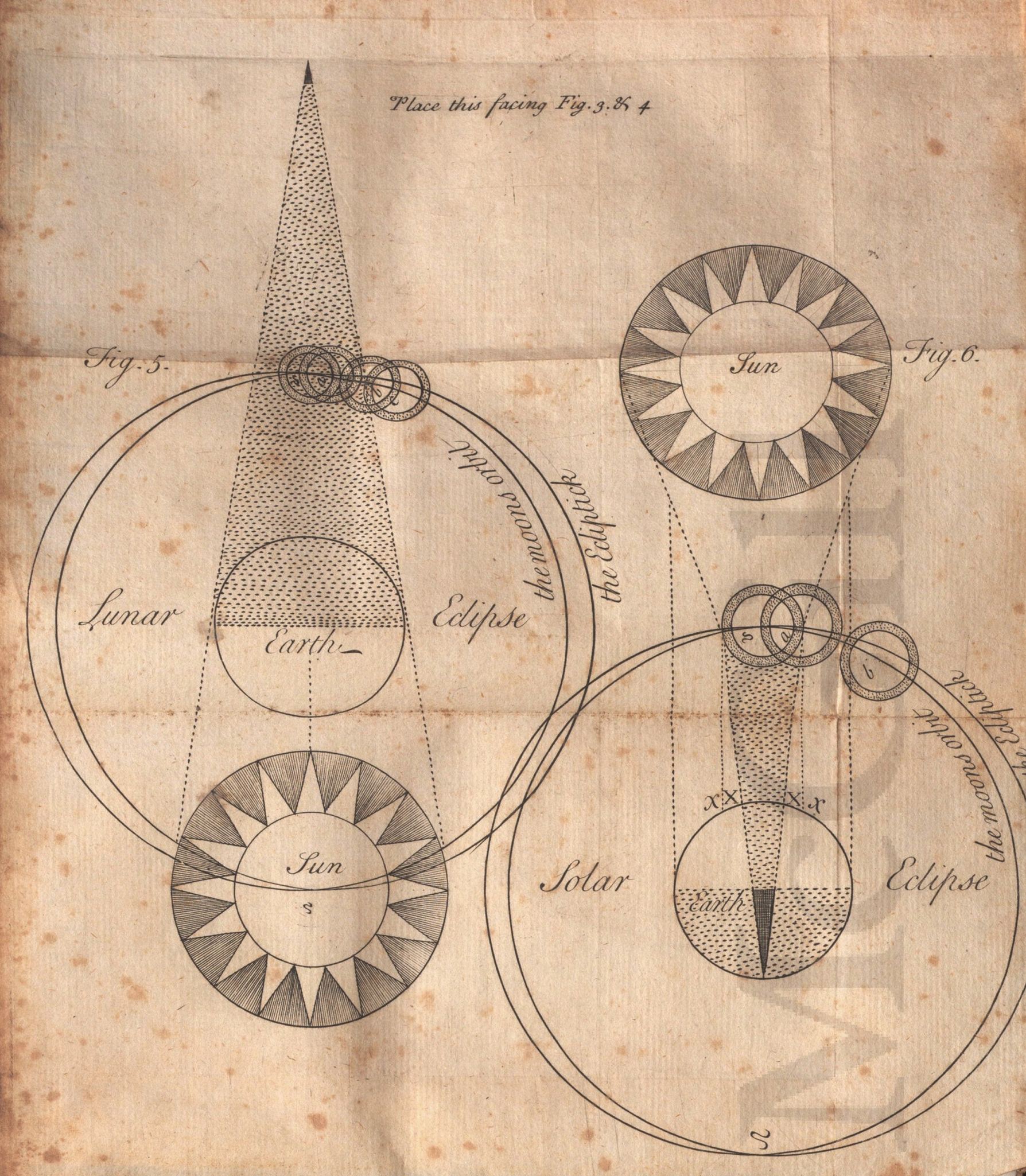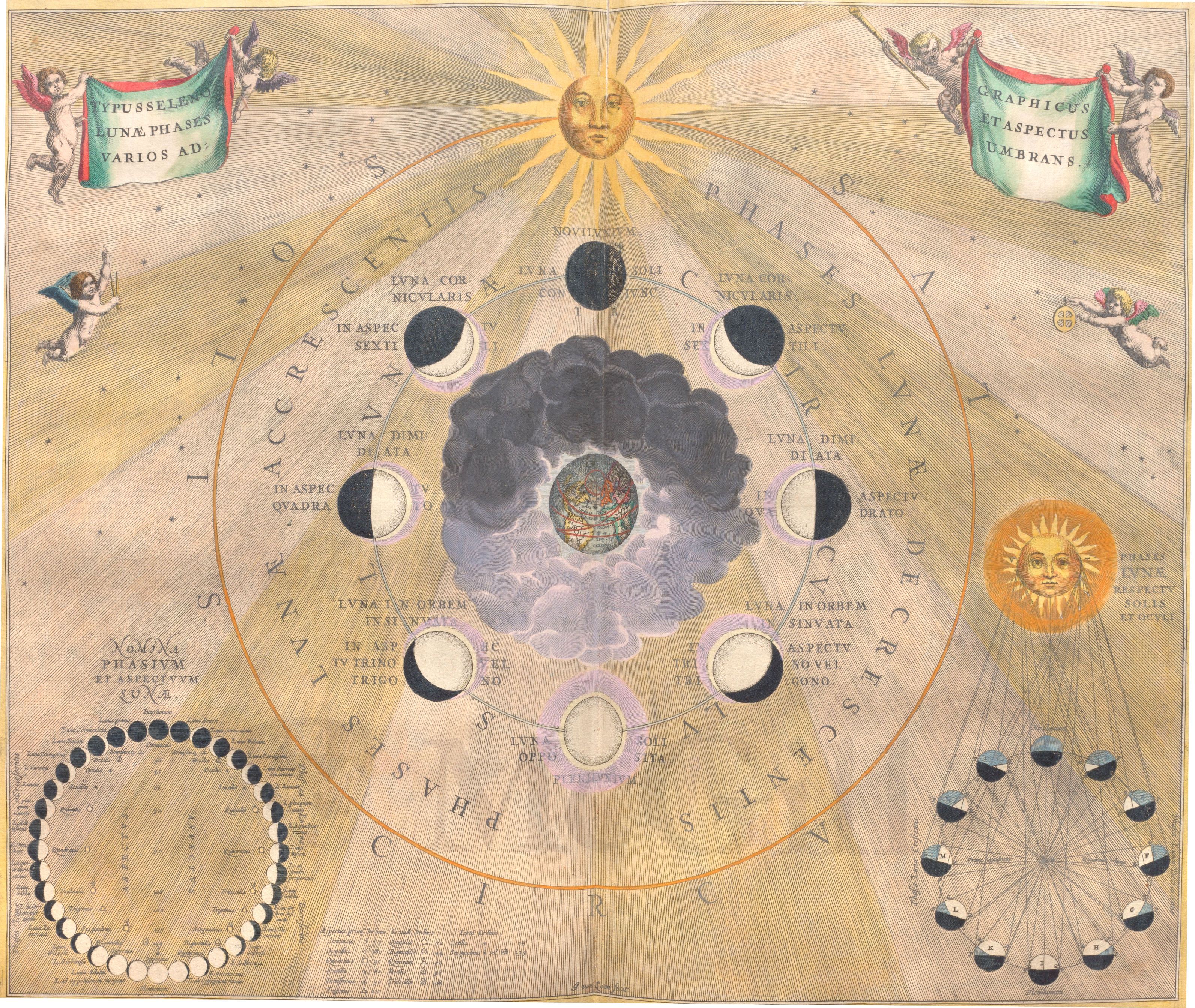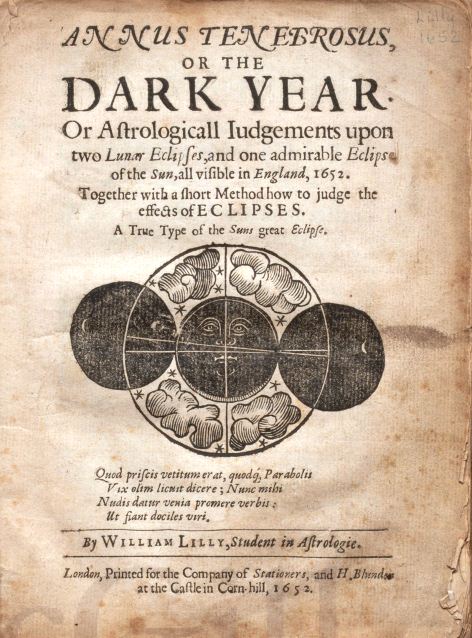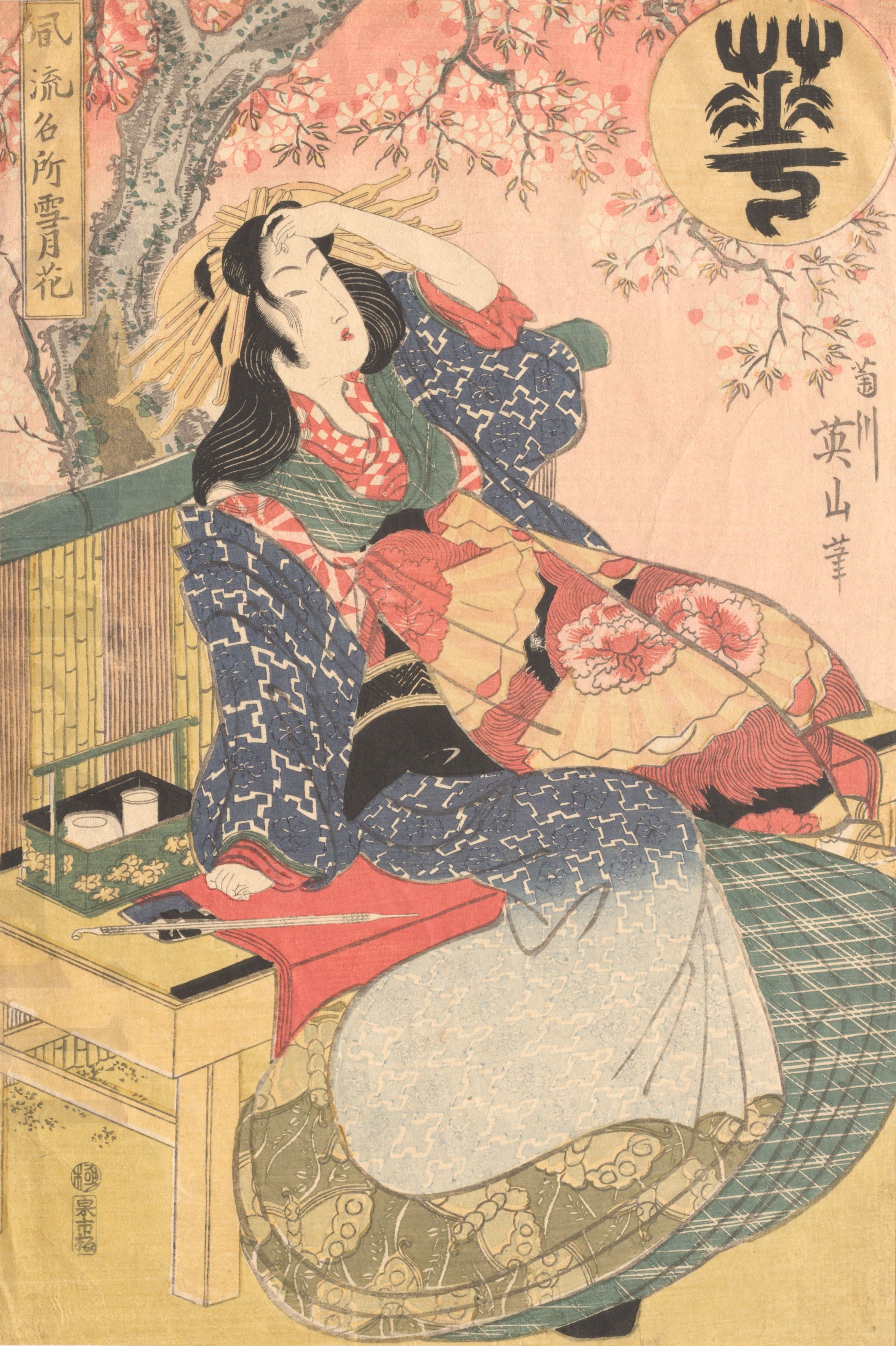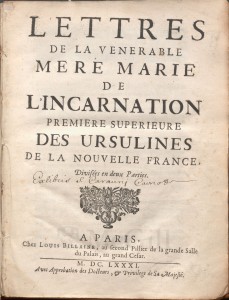By Elise Breton*
McGill Rare Books and Special Collections has long held a collection of about 50 framed religious pictures, of which there has been no complete record. This situation is now being improved with the creation of a detailed descriptive list of the collection contents, still in process. The majority of the images are chromolithographs, which means that they were made using a technique of color printing from a stone. This technique is rarer today but was very widely used 150 years ago.
Some of the pictures are classic representations of Christian imagery (the Virgin Mary, Christ, scenes from the Bible) and were probably hung in Quebec kitchens or living rooms at the beginning of the twentieth century. The image of the baby Jesus, shown here, is an example.
The collection also holds more singular items, and the RBSC staff was particularly intrigued by two remarkable and outstandingly shiny pictures.
After some research, we discovered that these gilded and silvered covers are called “rizas” or “oklads”, Russian terms respectively meaning “robe” or “casing”. A riza or oklad is a shaped gilt or silver metal cover over the surface of an icon, which usually leaves spaces for the hands and face of the subject to show through. Its purpose is both to protect the icon by covering it, and to embellish it, sometimes by the addition of precious stones to the metal cover.
The two shown here represent Saint Nicholas, as attested by the Greek inscription shaped in the metal: “ΑΓΙΟΣ ΝΙΚΟΛΑΟΣ” (Agios Nikolaos). Relief ornaments are made using metalworking techniques in which the designs are sculpted by pushing the metal up from the back side (“repoussé”) or down from the front side (chasing).
The list of this fascinating and varied collection will soon be available for researchers to consult.
* Elise Breton is an intern in Rare Books and Special Collections from École nationale supérieure des sciences de l’information et des bibliothèques↩

